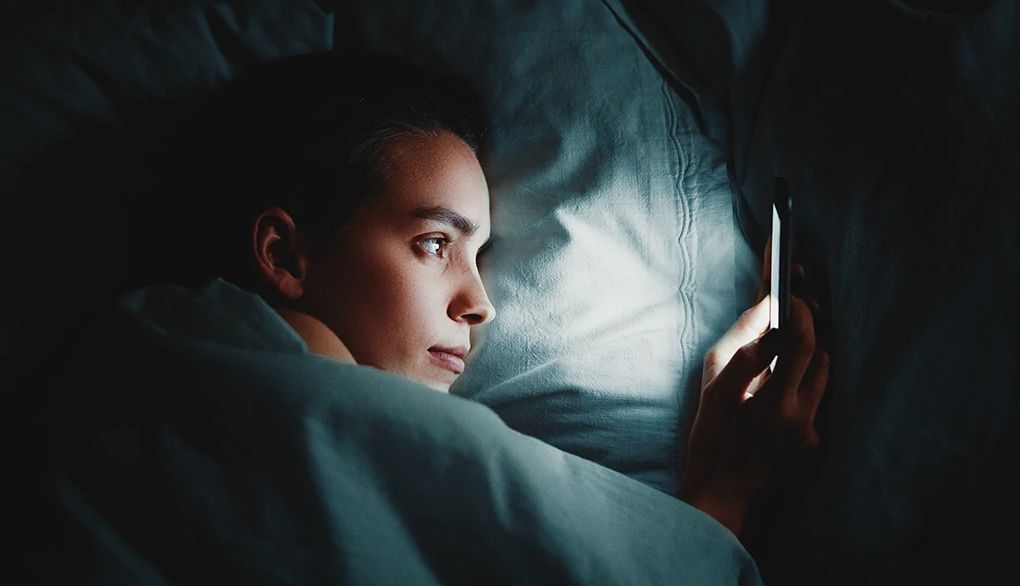Challenges


You’ve heard it a thousand times: Banish screens at night. Limit caffeine and alcohol. Don’t take long naps. Do take a warm bath. Get regular exercise — but not at night. Make sure your bedroom is quiet, dark and cool. But if you’re someone suffering from long-term insomnia, the usual advice around “sleep hygiene” doesn’t cut it.
These guidelines are “really good for maintaining healthy sleep,” says clinical psychologist Michelle Drerup, director of behavioral sleep medicine at Cleveland Clinic. And if you’re having occasional insomnia — trouble falling or staying asleep — reviewing sleep hygiene may help you fix the problem, she says.
You might realize, for instance, that your sleepless nights happen after Saturday night dinners, when you eat late and have a couple glasses of wine — or that you started having restless nights when you began taking long afternoon naps or stopped exercising regularly. Given the sleep changes that naturally occur with aging, AARP’s Global Council on Brain Health recommends that people 50 and over practice good sleep hygiene to maintain or improve their sleep.
But basic sleep hygiene advice doesn’t resolve insomnia, Drerup says. She’s referring to chronic insomnia, trouble sleeping at least three nights a week for three months or more.
In fact, sleep hygiene can do more harm than good for people with chronic insomnia, says Meg Danforth, a clinical psychologist and behavioral sleep medicine specialist based in Durham, North Carolina. When patients come to her, often after years of struggling to sleep, they tend to be mired in elaborate, rigid sleep rituals — the usual suspects and then some: “ ‘I listen to whale sounds; I have lavender essential oil. I start getting ready for bed at 6 p.m.; I have a weighted blanket; I've banished my husband,’ ” she recounts.
For sleep experts, it’s no surprise these and other well-intentioned steps only ramp up anxiety and frustration. “The biggest thing that distinguishes someone with [chronic] insomnia from a good sleeper is what we call sleep effort, trying to sleep,” Danforth says. “Sleep is about the only thing in life that does not reward hard work. The harder you work at falling asleep, the worse you will do.”
What does work, then? Cognitive behavioral therapy for insomnia, or CBT-I, an evidence-based toolbox of treatments that restores healthy sleep patterns — or, as Danforth tells clients, “lets your body do what it knows how to do, without you trying so hard.”
Short-term vs. chronic insomnia
CBT-I isn’t for garden-variety, short-term sleep trouble — the occasional night or two spent tossing and turning due to stress, excitement or a late-day cappuccino.
Sometimes life circumstances trigger a bout of insomnia that lingers. “We usually say there are as many initial causes of insomnia as there are human beings,” says Danforth, who teaches CBT-I to other clinicians. “A divorce, a breakup, job stress, studying for a bar exam, retirement, a new baby, a new puppy, an injury, COVID — you name it, right now, someone's experiencing it and not sleeping well as a result.”














More From Staying Sharp
Try This Bedtime Yoga Pose
Relaxing your body and mind may help you get to sleep
Change Your Soundscape for Better Sleep
Reducing distracting noises may help you sleep
Darken Your Bedroom
Too much light may interfere with your zzz’s